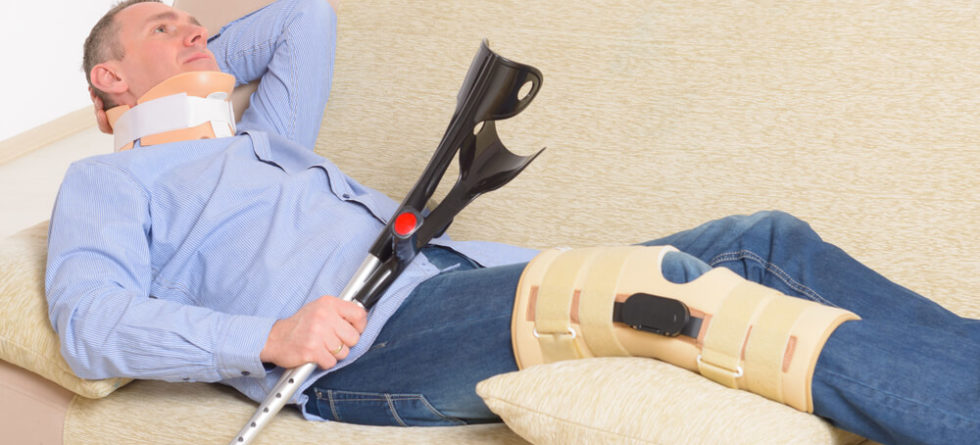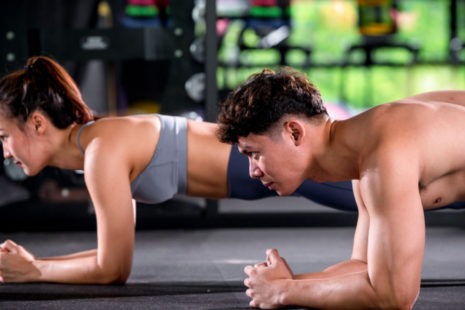No one-size-fits-all “most comfortable position” exists for a torn ACL (anterior cruciate ligament) because the comfort level may vary depending on the individual and the specific stage of injury and healing. Certain positions may provide more comfort for individuals with a torn ACL. While these positions may offer some relief, they do not replace appropriate medical evaluation and treatment for an ACL injury.
- Elevated and Extended Leg – Lying down with the injured leg elevated on a pillow or cushion can help reduce swelling and alleviate pressure on the knee joint. Extending the leg may also help minimize discomfort by avoiding excessive knee bending.
- Neutral Knee Position – Keeping the knee relatively neutral (neither fully extended nor excessively bent) may reduce strain on the torn ACL and surrounding structures.
- Supported Knee Flexion – In some cases, a slightly flexed knee position with adequate support can be comfortable for individuals with a torn ACL. However, the degree of knee flexion should be determined based on the individual’s comfort and guided by a healthcare professional.
- Sidelying – Lying on the non-injured side with a pillow or cushion between the knees may provide comfort and support for the injured knee.
- Sitting with Legs Straight – Sitting with the legs extended and supported can be a comfortable position that minimizes stress on the knee.
Avoid positions that cause pain, excessive bending, or twisting of the injured knee. Applying ice to the affected area, as a healthcare professional advises, can also help reduce pain and swelling.
If you think you may have a torn ACL, it’s important to seek medical evaluation and guidance from a qualified healthcare professional, such as an orthopedic specialist or physical therapist. They can provide a thorough assessment of your condition, recommend the right treatment options, and advise you on positions and movements that can help alleviate discomfort and support your recovery. Following their advice and participating in a personalized rehabilitation program can greatly enhance your chances of restoring proper knee function and achieving optimal recovery.




